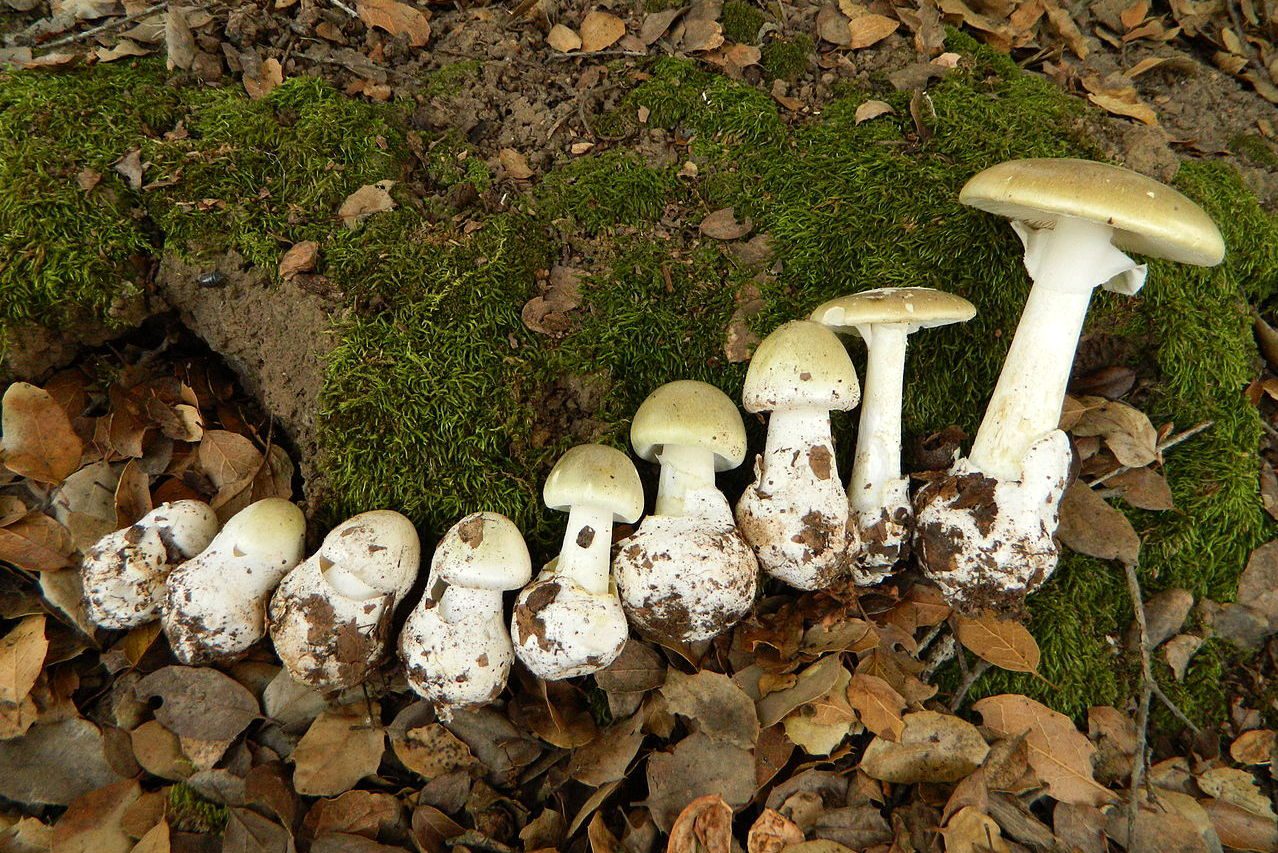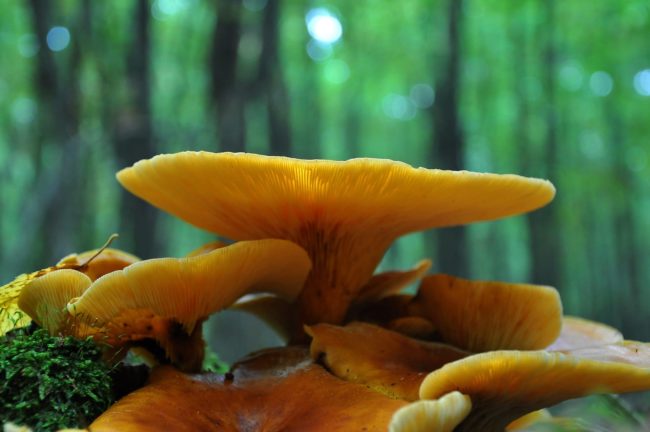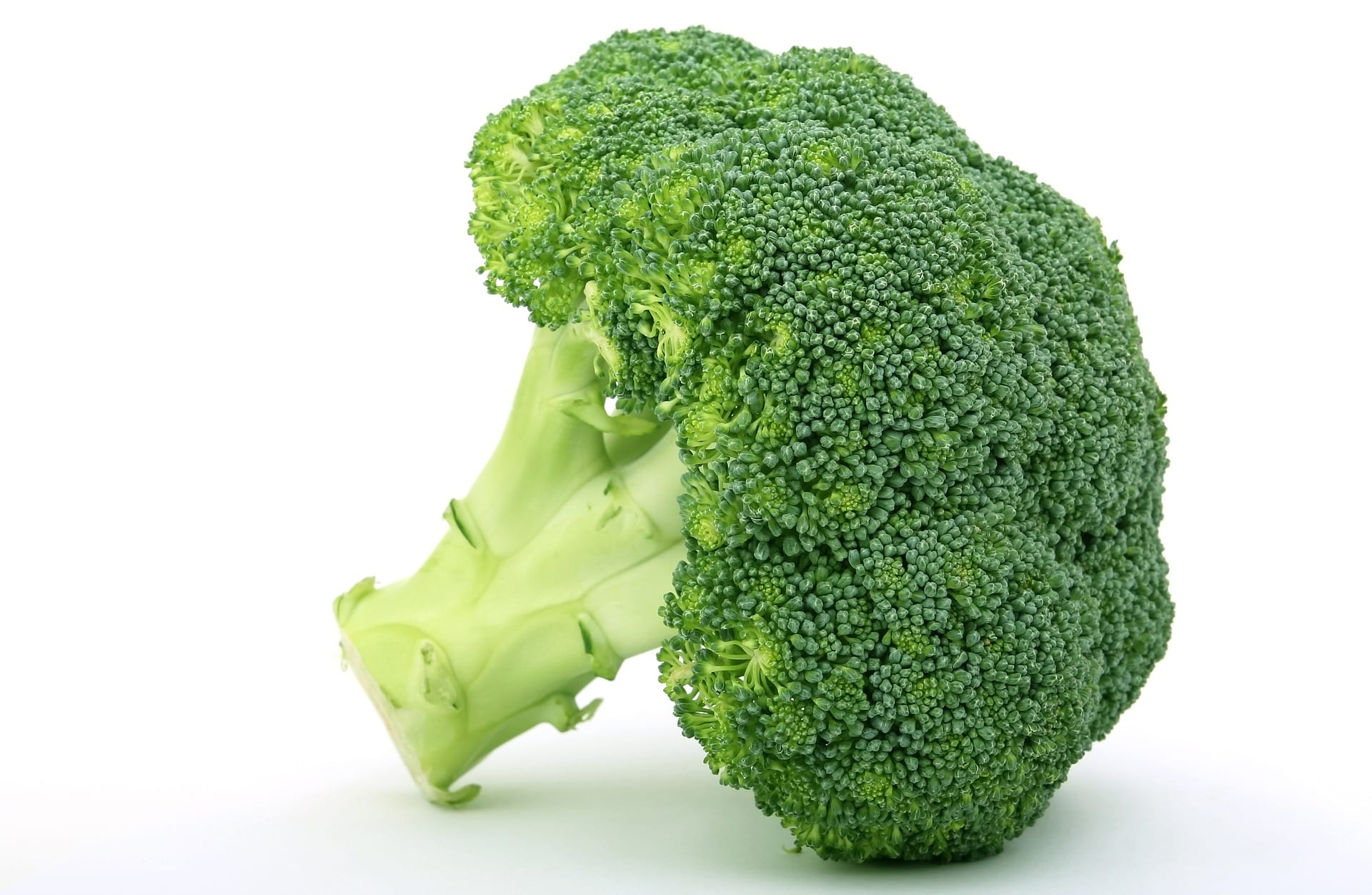Has already started autumn and with him mushroom picking in Spain. The arrival of the first rains has brought about the flowering of these desired fruits. It is the perfect time of year since mushrooms require a warm temperature, plenty of humidity and moderate light. In Spain there are more than 1500 species of different mushrooms in forests and mountain areas. The chanterelles, the boletus edulis o the trumpets They are the most demanded by consumers and popular in the markets. Do you want to know more?
Mushroom picking
There are many lovers of these mushrooms due to their tasty flavor and the fun activity of the mushroom picking. For fans of the mycology it is a perfect task for the weekend. In addition to enjoying them later in their dishes they enjoy a pleasant walk in the mountains. However, it is not a job that can be done "a la bartola". It is essential to have mycological training, or be accompanied by an expert in the field. Many species are toxic and can be deadly.
For example, the species Amanita phalloides It is highly toxic and is the cause of most of the fatal poisonings. For you to see the danger posed by this species, it is easily confused with safe species. Therefore you have to be very careful.

Tips for collecting!
Luckily there are many mycological associations that inform and instruct all those who are interested. In addition, they also make very cheap mushroom picking excursions (they usually do not exceed 10 euros per person). In Catalonia, for example, this work is carried out by the CASA (Catalan Agency for Food Safety). In the Catalan territory, the gathering of mushrooms is a tradition and many people venture without the necessary knowledge, running a serious risk to their health. The ACSA is in charge of alerting to the great possibility of not knowing how to identify a toxic mushroom.
The limited mycological Montes de #Zamora has already opened the issuance of new collection permits for #setas 🍄🍄🍄.
+ info on permit modalities and specific conditions of the collection in the ZA-50.004: https://t.co/LAUEdvBp9c pic.twitter.com/I4JHCaEw34- Micocyl Program (@micocyl) September 17, 2021
For this reason he has put together a guide of tips for collecting mushrooms:
- You identify clearly if the mushroom is edible or if it is toxic. For this you have to learn to identify them. However, if you have any minor doubt, it is better to discard it. You cannot take any risk. AND
- You must make sure that it is in good state. Some may be parasitized.
- No you must collect them in places contaminated (areas near industries, factories, parks or gardens), since mushrooms absorb toxic substances from the environment.
- Make sure you are not allergic o intolerante eating small amounts at first.
- Comply with all cooking requirements. Few can be eaten raw. Even if they are poorly cooked, they can present toxicity.
- Eat them always with moderation. Although mushrooms are not toxic if eaten in large quantities they can become so in later days.
The false myths ...
Another of the dangers surrounding mushroom picking are false myths. You should never trust popular beliefs. This recommendation can be applied in all areas. Reliable and quality information is that which comes from official sources. The three most common myths about mushrooms are as follows. Uno, mushrooms with bright colors are toxic. Two, toxic mushrooms stain garlic, a potato, or a teaspoon of silver black. AND three, the most dangerous, it is easy to distinguish edible mushrooms from toxic ones.
In addition to its versatile culinary use, we have discovered a great utility of mushrooms. It is worth mentioning Ecovative Design. This company has developed materials made from mycelium, the structure of the root of fungi. These materials are very durable, 100% committed to the environment and biodegradable. If they are buried, they take less than a month to decompose. It is a great alternative to the highly polluting and invasive plastic of our terrestrial and marine ecosystems.

In the same way, in the collection of mushrooms the idea of do not harm the environment. That is why they are necessary permits to collect them and a maximum weight per person and basket. For example, you cannot pick very small mushrooms. They must be large so that they have already produced spores. In this way it is possible to collect mushrooms each season. If you want to try this activity, we recommend that you train and do it in the hands of associations or expert groups. Thus, you will learn in the best possible way and, in turn, enjoy one of the many delicacies of gastronomy.







